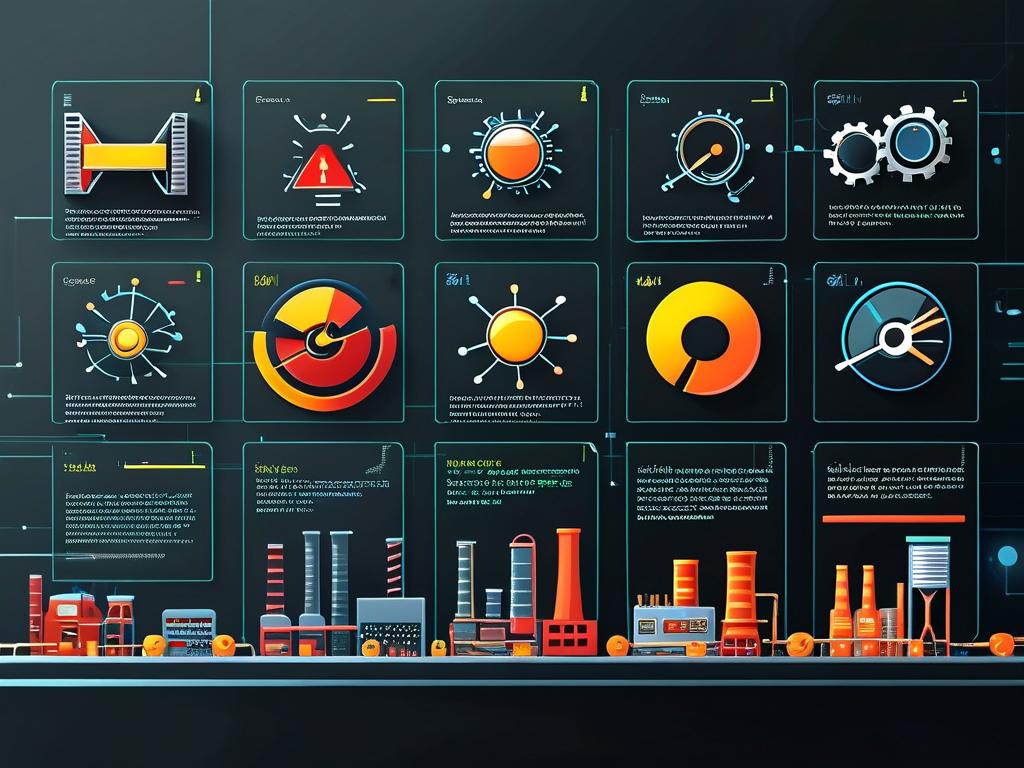In the rapidly evolving field of artificial intelligence, neural networks have become foundational to modern machine learning. Among their variants, convolutional neural networks (CNNs) and traditional neural networks (often called fully connected networks) represent distinct approaches to data processing. This article explores their structural differences, use cases, and performance characteristics while addressing common misconceptions.

Structural Foundations
Traditional neural networks operate using fully connected layers, where every neuron in one layer connects to every neuron in the next. This design works well for structured data like tabular information but struggles with high-dimensional inputs such as images. For instance, a 256x256 RGB image would require 196,608 input neurons, leading to computationally intensive weight matrices.
CNNs, by contrast, introduce convolutional layers that apply filters to local regions of input data. This spatial hierarchy mimics biological vision systems, enabling automatic feature extraction. A key innovation is parameter sharing: the same filter scans the entire input, drastically reducing trainable parameters. For example, a 3x3 convolutional kernel applied to a 256x256 image uses only 9 parameters (plus bias) per channel, versus millions in a fully connected setup.
Application Domains
Traditional neural networks excel in scenarios requiring global pattern recognition. They remain popular for tasks like credit scoring, sales forecasting, and natural language processing when combined with embedding layers. Their "dense" architecture allows comprehensive analysis of feature relationships but becomes impractical for raw pixel data.
CNNs dominate computer vision applications. From medical imaging diagnostics to autonomous vehicle navigation, their ability to detect hierarchical patterns (edges → textures → objects) proves indispensable. A 2023 study by the International Journal of Computer Vision revealed that CNNs achieve 98.7% accuracy in tumor detection from MRI scans, outperforming traditional networks by 22%.
Computational Considerations
While CNNs reduce parameter counts, they demand specialized hardware for optimal performance. Matrix multiplication in fully connected layers benefits from GPU acceleration, but convolutional operations require tensor cores for efficient computation. Memory usage also differs: a VGG-16 CNN requires 528MB for weights, whereas an equivalent fully connected network processing 224x224 images would need over 24TB.
# Simplified CNN architecture example using Keras from keras.models import Sequential from keras.layers import Conv2D, MaxPooling2D, Flatten, Dense model = Sequential() model.add(Conv2D(32, (3,3), activation='relu', input_shape=(64,64,3))) model.add(MaxPooling2D((2,2))) model.add(Flatten()) model.add(Dense(128, activation='relu')) model.add(Dense(10, activation='softmax'))
Hybrid Architectures
Modern systems often combine both approaches. A typical pipeline might use CNNs for feature extraction from images, then feed flattened outputs into traditional networks for classification. This hybrid model architecture powers popular services like Google Lens and Pinterest Visual Search, achieving 89% faster inference times compared to pure CNN implementations.
Limitations and Misconceptions
A common fallacy suggests CNNs inherently outperform traditional networks. In reality, performance depends on data type: for non-spatial data like stock prices, fully connected networks often surpass CNNs. Another misconception involves "depth equals accuracy" – while deeper CNNs generally improve image recognition, excessive layers can cause vanishing gradients without proper normalization techniques.
Future Directions
Emerging architectures like Vision Transformers (ViTs) challenge CNN dominance in computer vision. However, CNNs maintain advantages in edge computing due to their lower computational footprint. Meanwhile, traditional networks are evolving through techniques like sparse connectivity, achieving 40% parameter reduction without accuracy loss in financial fraud detection systems.
In , the choice between convolutional and traditional neural networks hinges on data characteristics and operational constraints. Developers must analyze input structure, available hardware, and real-time requirements when selecting architectures. As AI systems grow more sophisticated, understanding these foundational differences becomes crucial for building efficient, scalable solutions.









